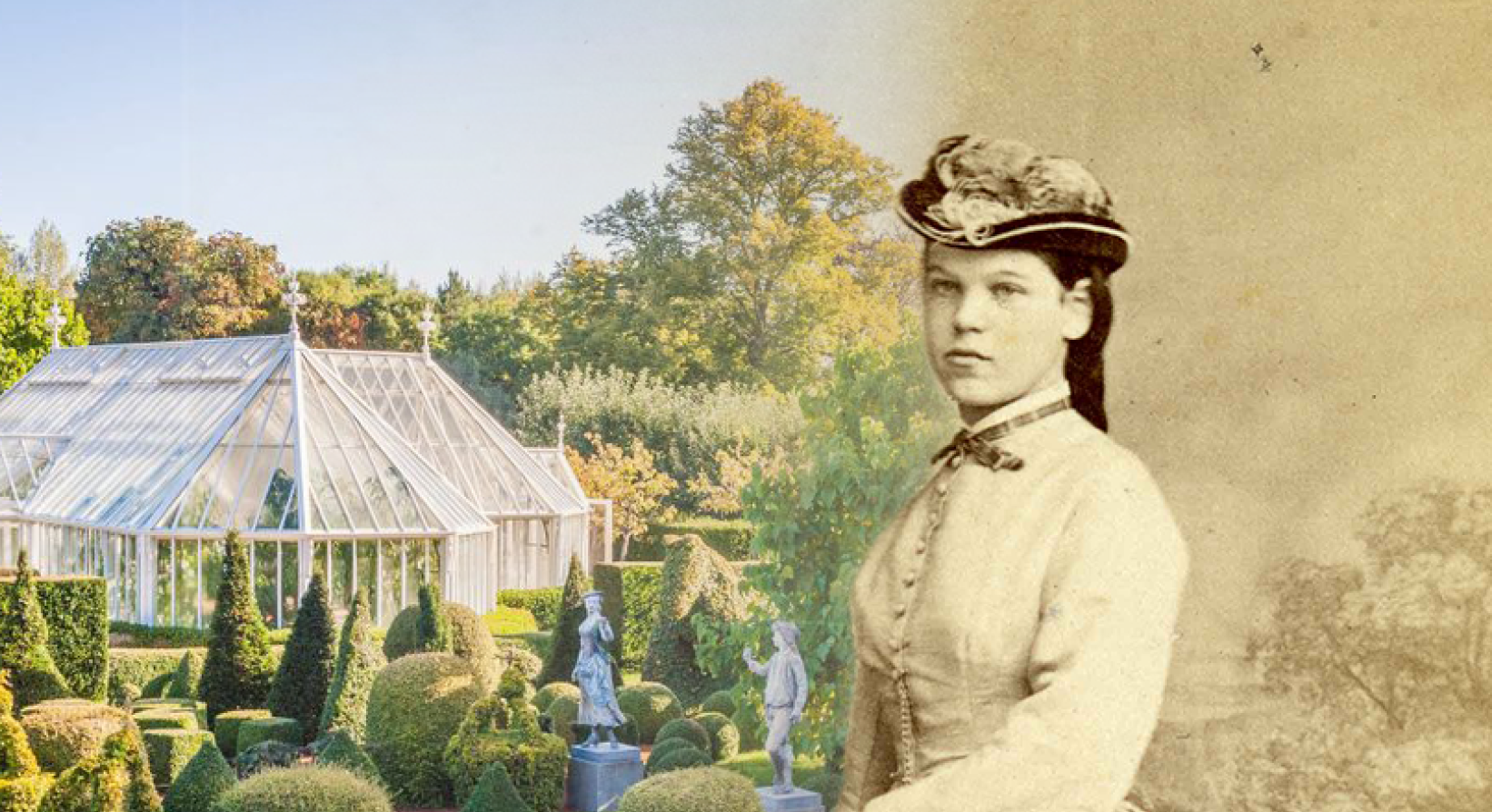Archivist’s Choice: The Rothschild family gardens and the 150th anniversary of Alice de Rothschild’s Eythrope
In the northern hemisphere, summer is upon us, flowers are in bloom, nature is alive, and it is the perfect time of year to discover the Rothschild’s Eythrope gardens in Buckinghamshire at a special open day to celebrate its 150-year anniversary.
Visit Eythrope – open day on Saturday 16 August 2025
Don’t miss the chance to explore the gardens on this special anniversary. Book your entry here.
The Rothschilds and gardens
A passion for gardens took hold of a number of Rothschild family members, proving a more enduring interest than banking for many. Rothschild gardens in England and continental Europe mixed formal design with exuberant planting of trees and flowers, in a style characteristic of the late Victorian/Edwardian era. A love of exotic plants necessitated the building of huge, heated greenhouses, allowing skilled Rothschild horticulturalists to create new hybrids, many named after the family. The gardens were another way in which the family could display their good fortune, fashionable taste and attention to detail; a finely planned garden could be used to entertain both friends and business contacts, and a good kitchen garden ensured a generous table.
Alice at Eythrope
In 1875, Alice de Rothschild (1847-1922) bought Eythrope in Buckinghamshire, a property bordering her brother Ferdinand’s estate at Waddesdon. Here, she had a pavilion built beside the River Thame.
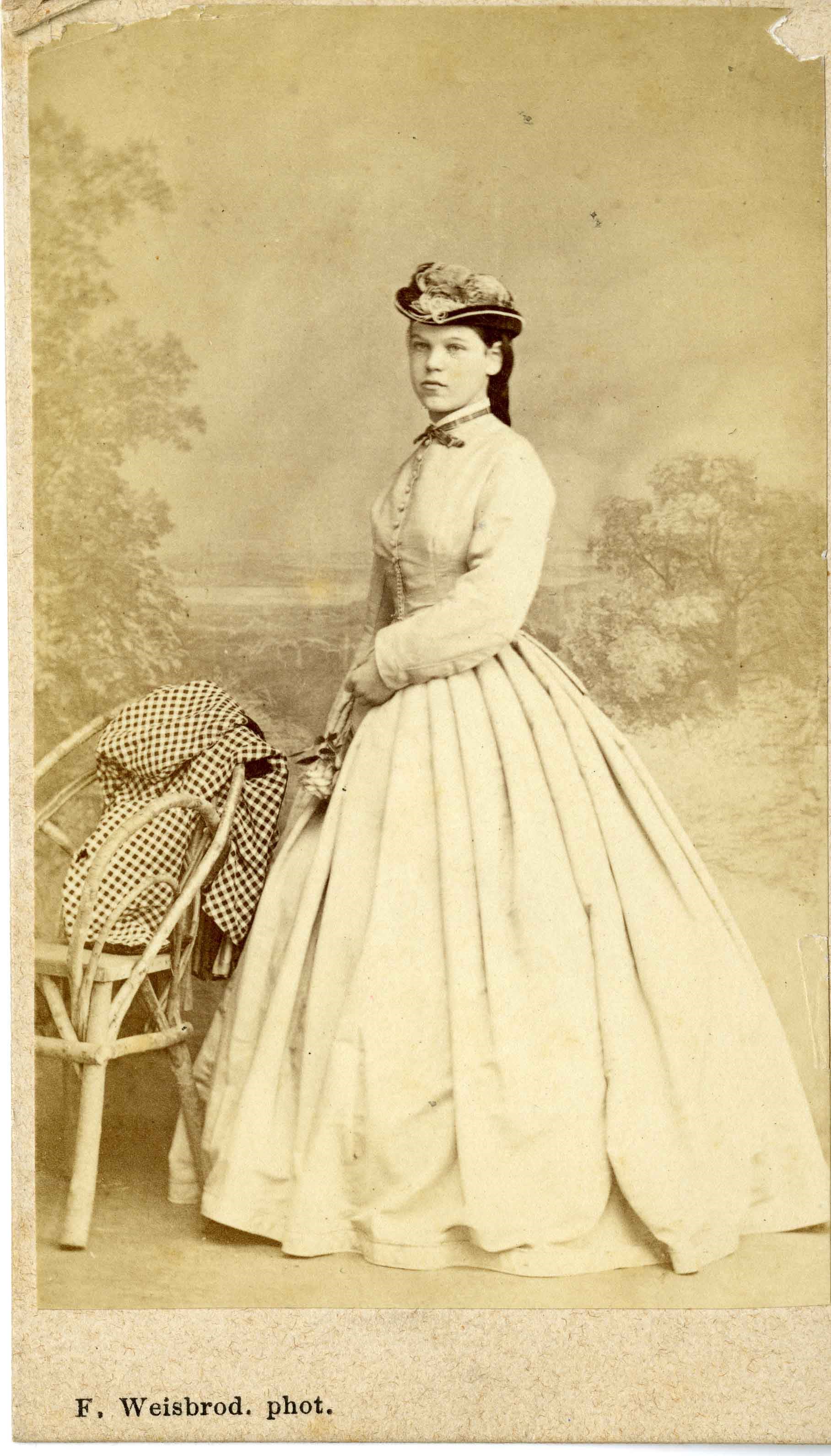 | 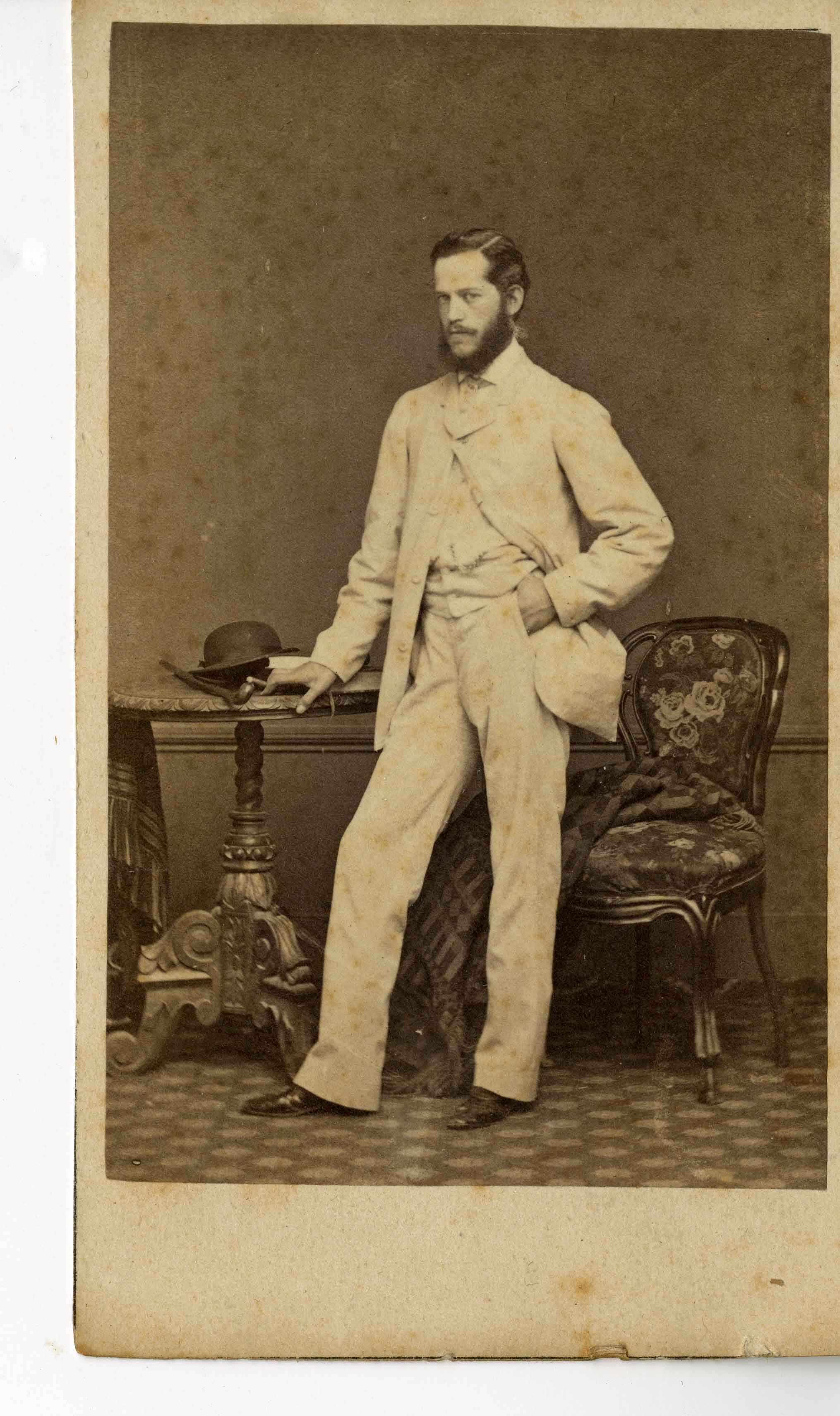 |
| Alice was born in Frankfurt but later split her time between her homes in England and France. | Ferdinand was one of Alice’s six siblings. Alice was very close to Ferdinand and she continued his legacy at Waddesdon Manor after his death in 1898. |
To design her new pavilion, Alice chose one of the Rothschild family's favourite architects, George Devey, who had worked at nearby Ascott House, Aston Clinton House and Mentmore. Eythrope was something of a deviation from his usual approach, constructed in red brick with stone dressings. With its twisting chimneys, turrets and gables, it is a mixture of Devey's usual Jacobean style and the French Renaissance architecture of Waddesdon Manor. This is especially noticeable on the concave roof to the round tower, and the gable on the garden façade, which are particularly reminiscent of Waddesdon. Because of its small size, the house was christened 'The Pavilion' or the 'Water Pavilion'.
While building was in progress, Alice fell ill with rheumatic fever and was told by her doctor never to sleep near water. The original plans were therefore altered, and the pavilion was built without a bedroom, ensuring that Alice would never be tempted to spend the night there. Instead, The Pavilion was used to house her works of art, in rooms dressed in French panelling and furniture – as in other Rothschild homes. Alice also collected Renaissance sculpture, paintings and maiolica ware.
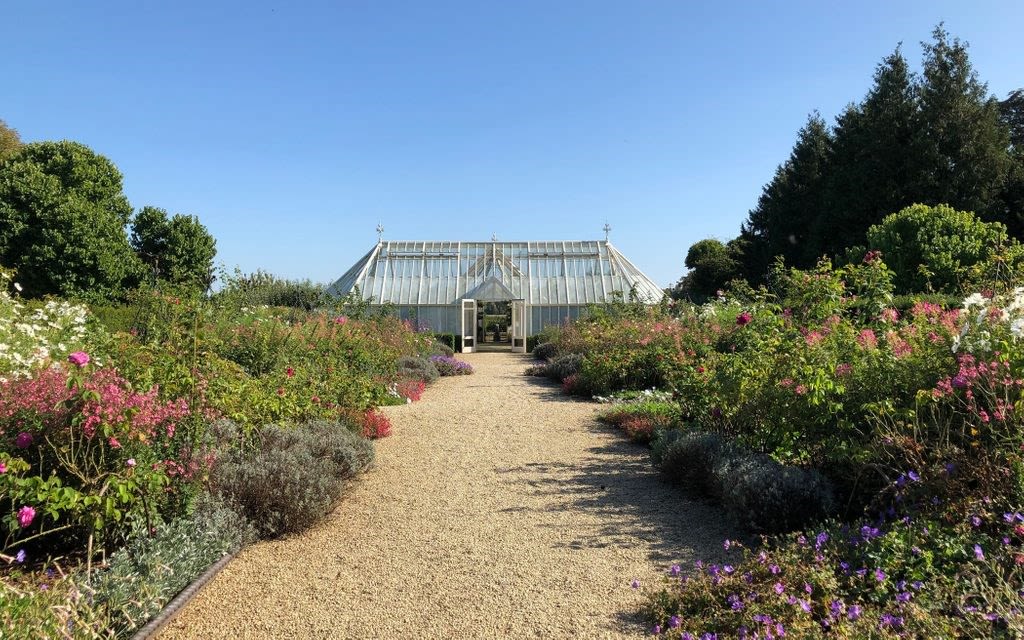 | 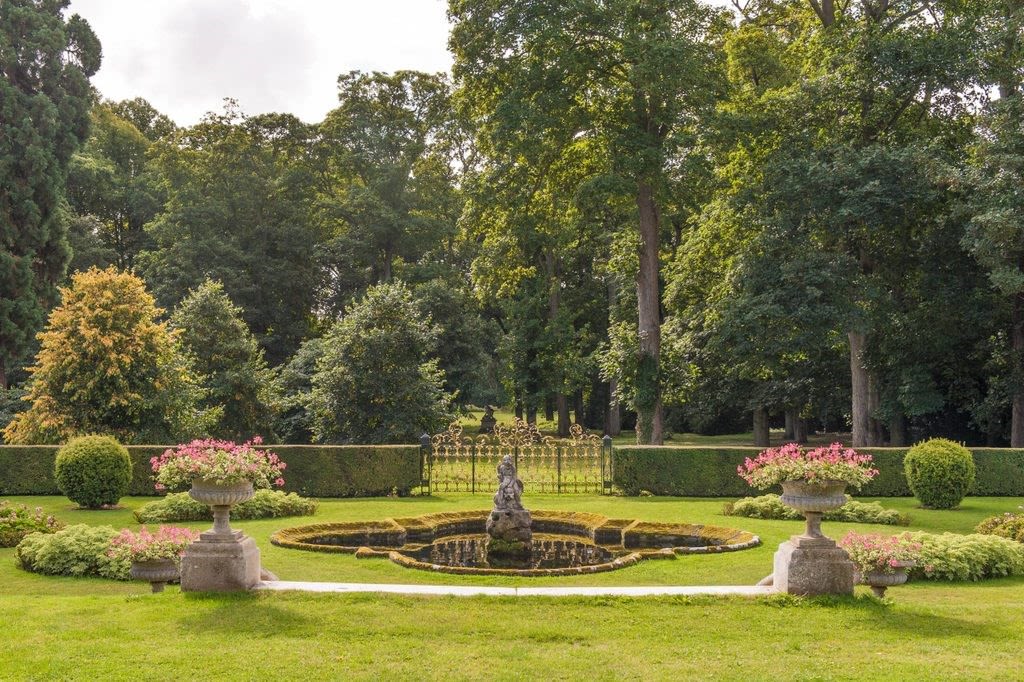 |
Discover the four-acre walled garden, glasshouses and orchard at Eythrope, a private Rothschild garden.
Alice also entertained her friends at Eythrope, but always returned to Waddesdon to sleep. Typically, visitors would take tea at Eythrope, either in The Pavilion itself or, if the weather were good, further down the river at the Old English Tea House (now lost), which Alice had built at the farthest point of her property. House parties from Waddesdon Manor would drive the four miles for tea, taking a steam launch up the river to the tea house.
The gardens at Eythrope
Alice’s interest in horticulture was reflected in the variety of gardens she laid out, which included Dutch, Mexican, rose and wild gardens. Around the house, Alice developed 30 hectares of highly ornamental and innovative gardens that rivalled the splendour of Waddesdon Manor. She also created a large kitchen garden.
In 1922 following Alice's death, The Pavilion was inherited by James Armand de Rothschild and his wife Dorothy. In the 1950s, the Rothschilds began the process of giving Waddesdon Manor to the National Trust, and moved to The Pavilion, which they improved and modernised. James died in 1957, before the house was ready, although Dorothy later moved to Eythrope. The Pavilion is still in Rothschild family ownership.
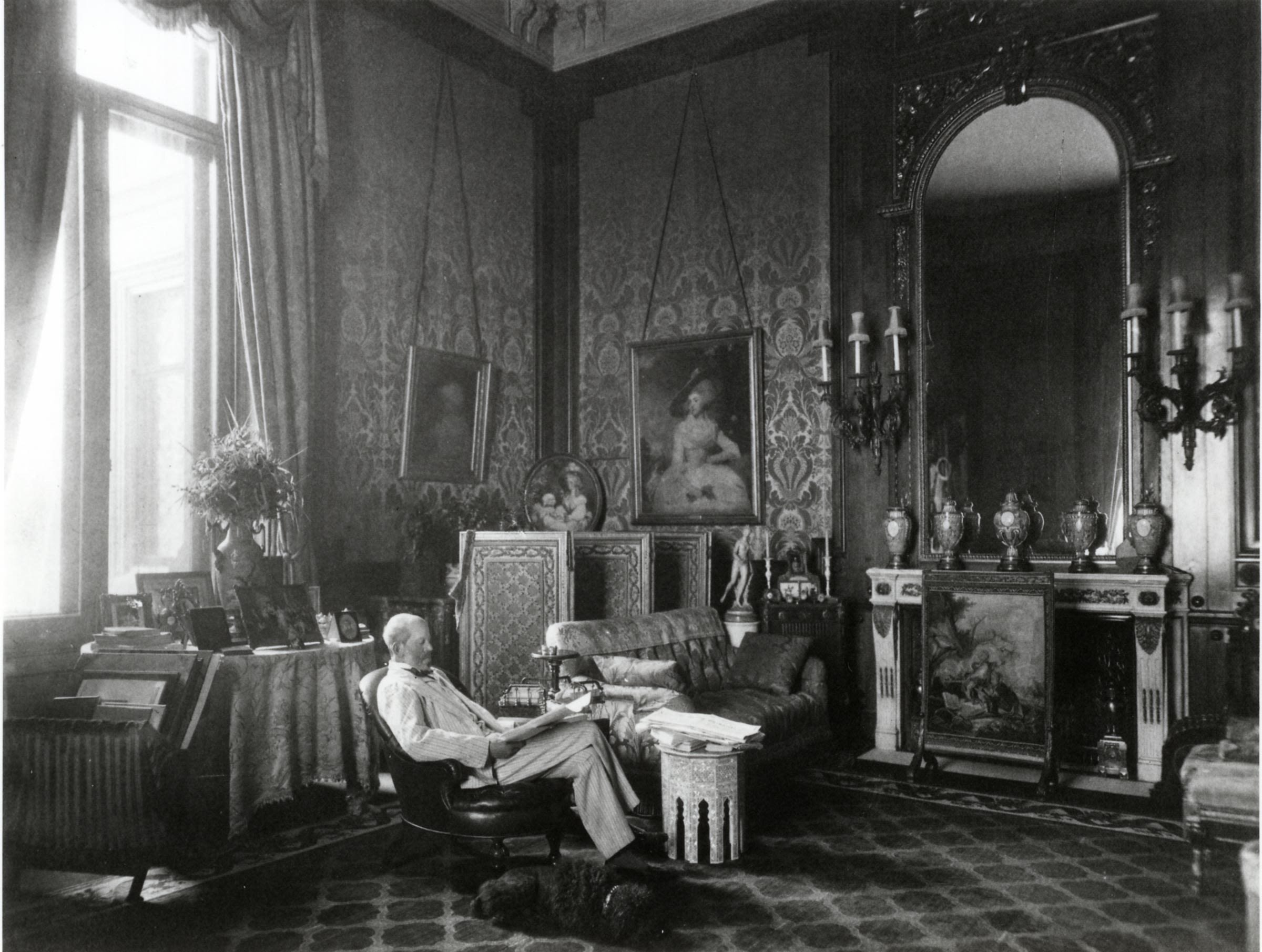 | 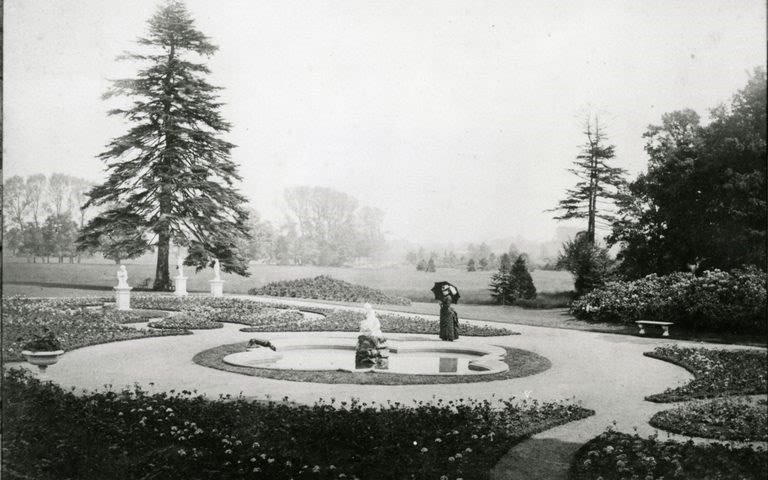 |
Ferdinand in his sitting room at Waddesdon Manor, which was constructed for him between 1874 and 1889. |
Visit Eythrope – open day on Saturday 16 August 2025
Don’t miss the chance to explore the gardens on this special anniversary. Book your entry here.

